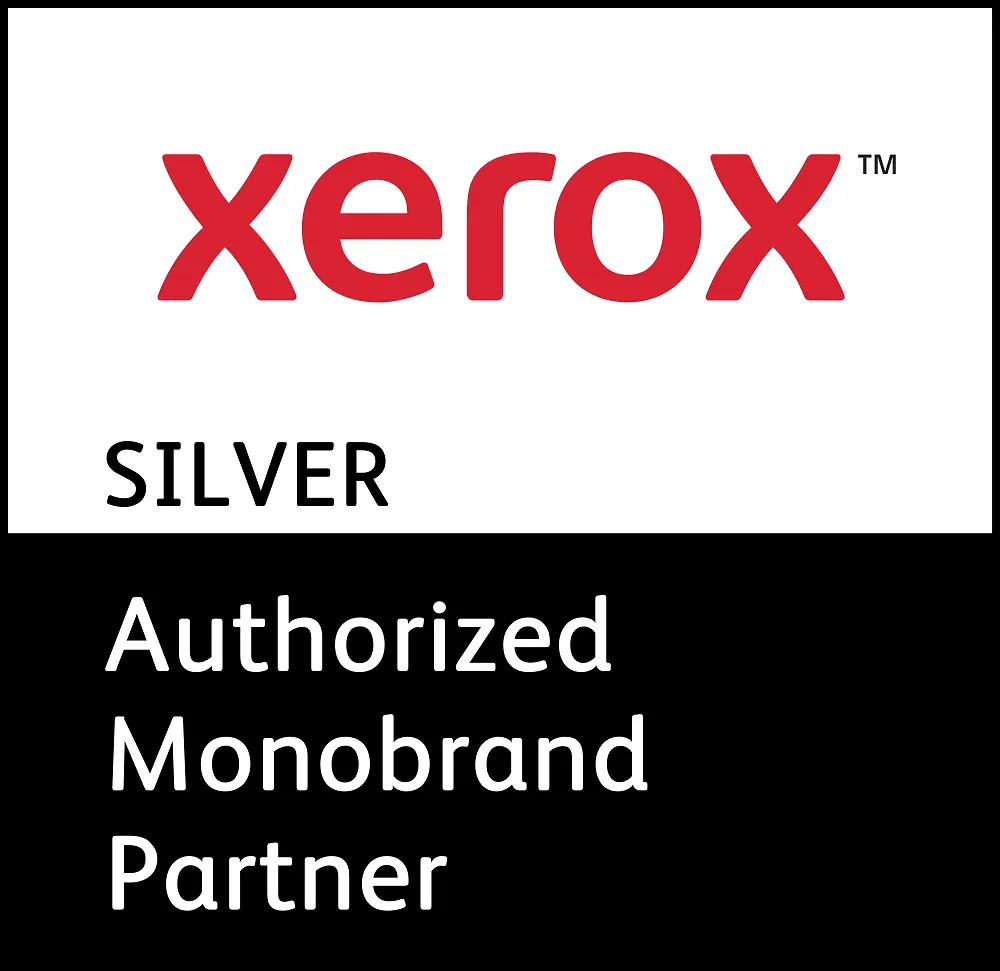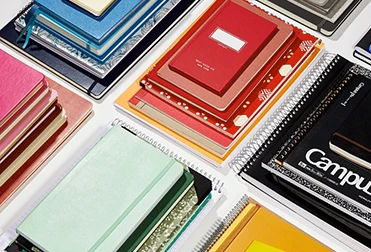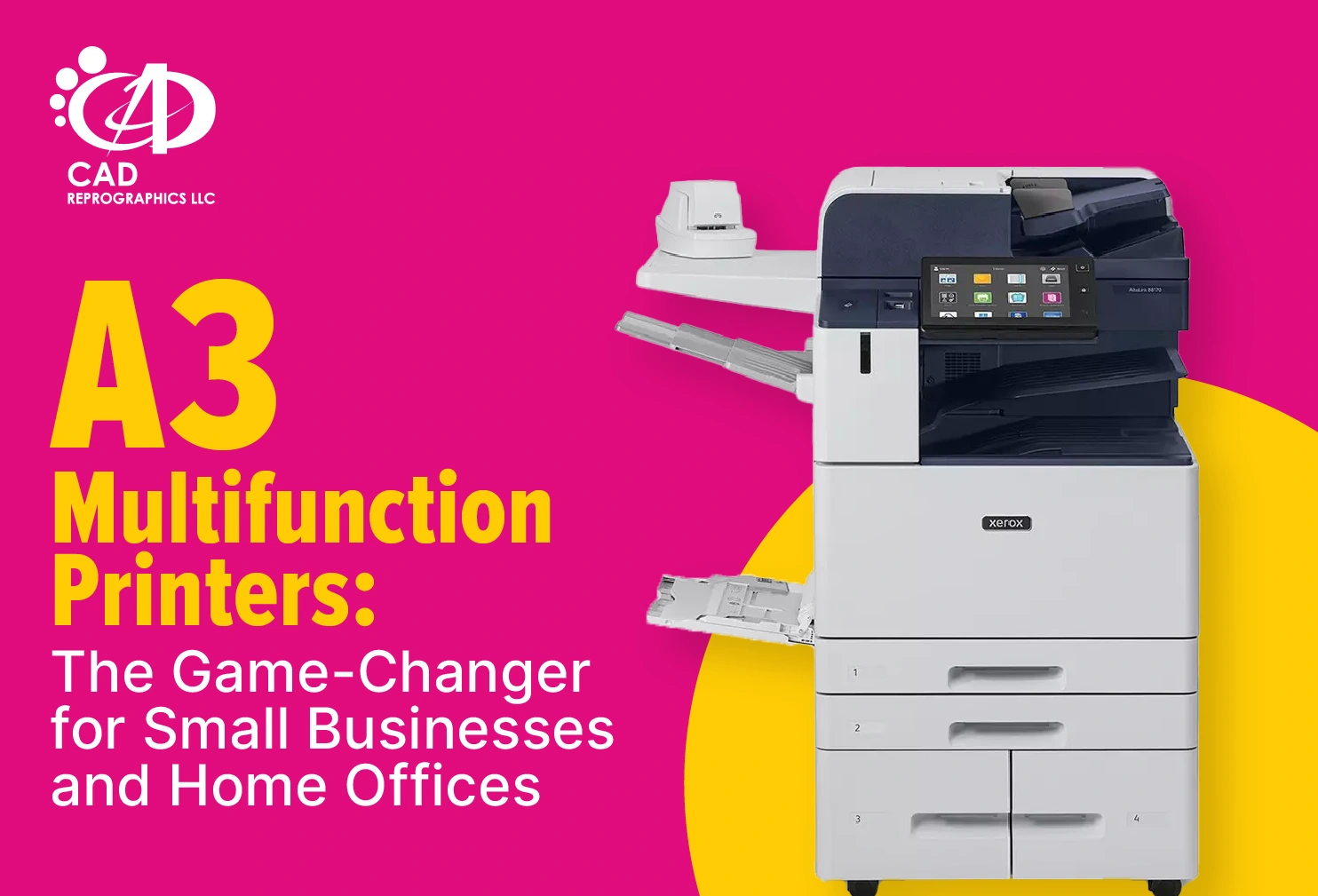Beyond its obvious utility, there’s a great deal of aesthetic pleasure to be found in a beautifully-bound document.
All of us would have heard about binding books at some point in our lives.
So, what exactly is binding? It is nothing but fastening sheets of paper together and making them into books or booklets. It is a very important process in transforming the presentation and aesthetics of your project.Why do we get papers bound?
Binding improves a book’s shelf life and, more importantly, makes the book look good. Binding is customizable and you can get any type of binding done to fit your requirements. Here are some benefits of bookbinding.
- Improves appearance – The first impression is always the most important one. Presenting a well-bound report or project can make you look good. It will give the impression that you are careful, hardworking, and diligent in your work.
- Improves durability – Binding always improves the shelf life of books. They keep the pages intact and safe from getting lost. Loose sheets tend to get torn easily and there is always the risk of losing them.
- Efficient and Cost-effective – Binding is the more cost-effective and efficient alternative to punching holes and filing sheets. It takes less time and there is less risk of the sheets getting torn and getting lost.
Binding techniques
There are different binding techniques for different requirements. Let’s take a look at some of them.
- Saddle Stitch Binding – Saddle stitch binding is very common for booklets where the number of pages is few. The pages are folded and stapled together at the fold line. Normally, booklets with 60 pages or less can be bound with saddle stitching.
- Case Binding – Also known as hard cover binding, case binding is the most common type of binding. Books bound like this have a hardcover and a long shelf life. This type of binding is often expensive but is cost-effective in the long term.
- Spiral Binding – In spiral binding, a single plastic coil is wound through holes on one side of the sheaf of papers. This type of binding works well with any type of paper and any quantity as well. The coils never lost their shape, don’t bend, and are very versatile.
- Comb Binding – The comb binding method uses c-shaped plastic spines to hold the pages together. They are bendable and are similar to spiral binding where they can work with most paper types.
- Wire Binding – Wire binding uses small pieces of wire to hold the pages together. Each punch hole has pieces of wire holding them together. It can be single, double, concealed, and even exposed. Wire binding is popular because it is sturdy, provides support, and holds the pages effectively.
CAD Reprographics can help with your binding needs.
CAD Reprographics, your one-stop shop for all your printing, scanning, and binding needs can help you bind your books to perfection. We provide expert solutions for any bound project you want to produce. Our in-house experts will work closely with the print technicians to ensure that your project comes out the way you desire.
Contact CADReprographics LLC to take advantage of our digital printing services in Abu Dhabi and Dubai at our website cadreprographics.com.










